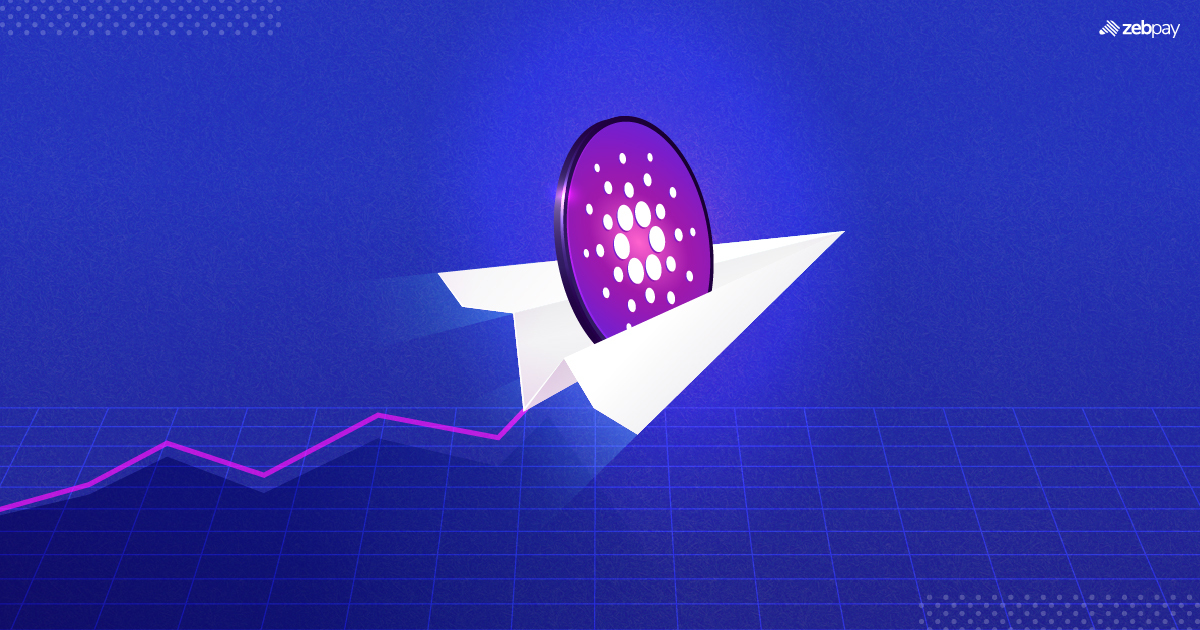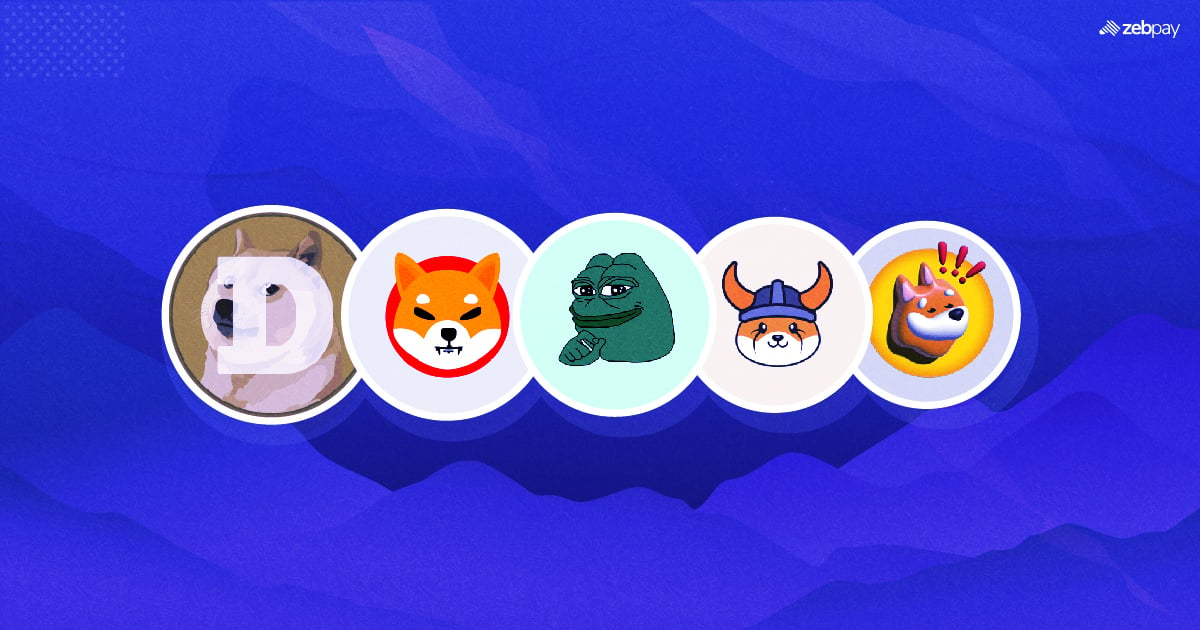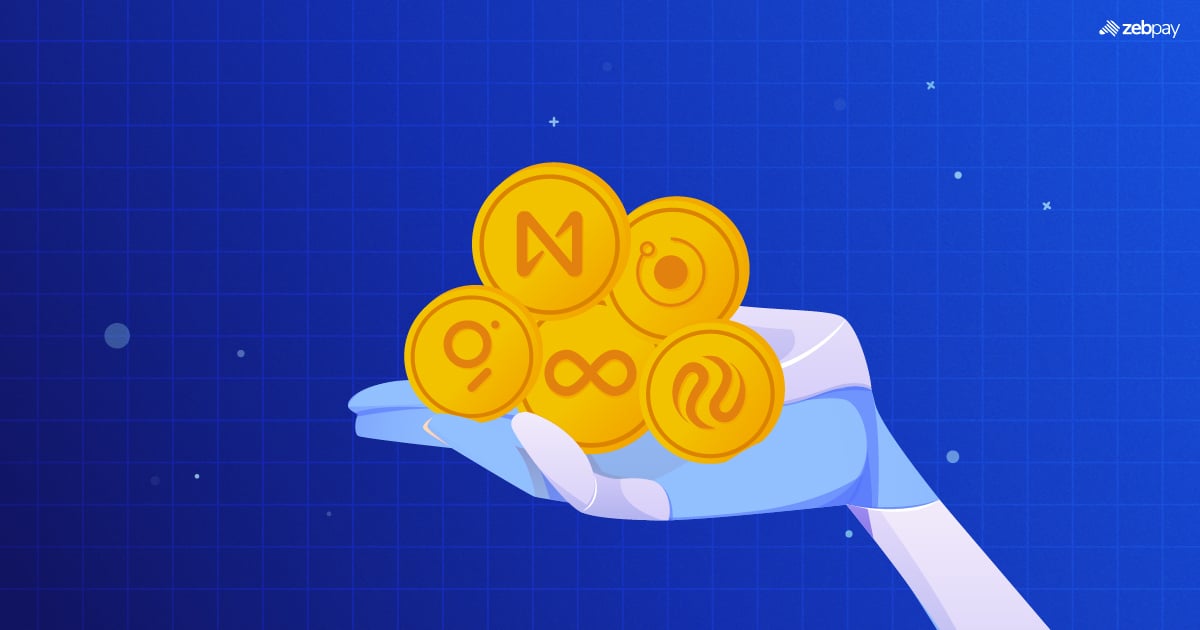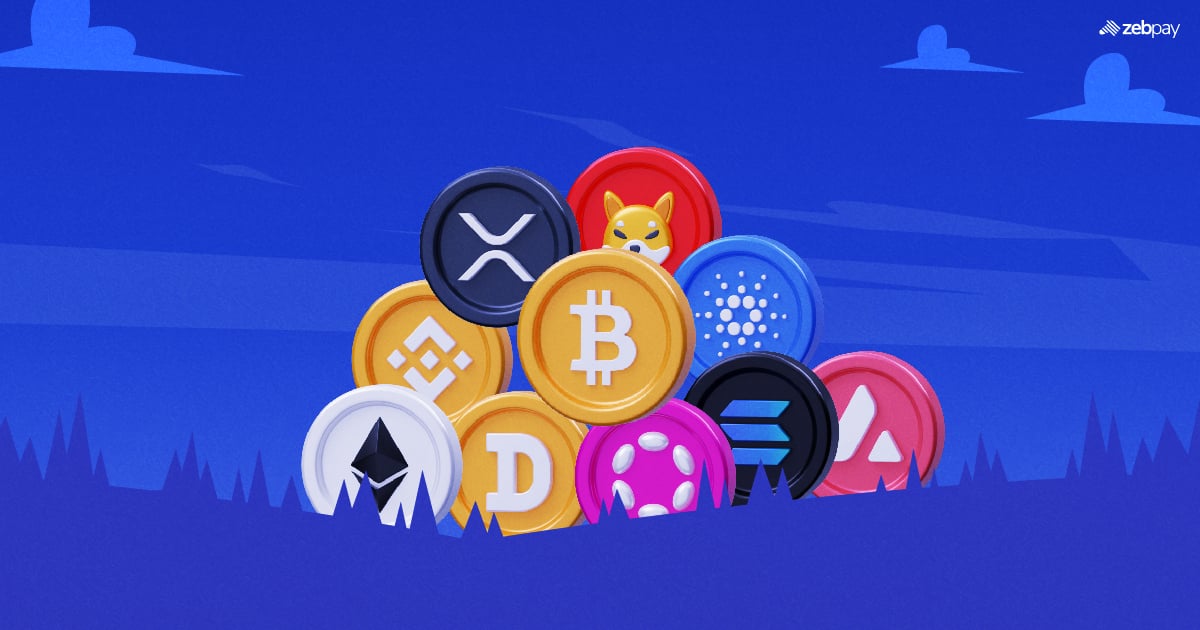The Cardano blockchain was founded in 2017 by Charles Hoskinson, who also co-founded Ethereum. It was proposed as an alternate energy-efficient solution to Proof of Work(POW) blockchains. Cardano blockchain uses the Proof of Stake (POS) consensus mechanism which makes the blockchain more scalable, faster and efficient. It is the first blockchain that functions with a Proof of Stake ( POS) consensus mechanism. Cardano Transactions per second ( TPS) is roughly 250 at the moment.
Cardano’s inception is backed by extensive academic research and is vetted by programming experts and Cryptographers from around the world. Cardano’s developers have published more than 90 whitepapers detailing the applications of the blockchain. The Cardano ecosystem enables smart contracts similar to the Ethereum blockchain. This allows developers to build dApps, games and a range of different applications.
What is the ADA Crypto
ADA is the native token of the Cardano Network. ADA is given as a reward for validators on the Cardano Network. Unlike Proof of Work which involves miners solving complex mathematical problems, Cardano’s Proof of Stake rewards users for staking their ADA coins.
Read more: Proof of Work vs Proof of Stake
At the time of writing, ADA is trading at $ 0.3961 and the total market capitalisation of all ADA tokens is close to $ 13.6 billion. The maximum supply of Cardano tokens is 45 billion which is much higher than Bitcoin’s 21 million maximum supply.
How does Cardano Work?
Cardano blockchain is a foundational layer for developers to build applications on top of it. The applications and workings of Cardano are quite similar to that of Ethereum.
There are two layers in the Cardano Network
Settlement Layer – All transactions on the blockchain are settled on this layer. This layer essentially is the ledger
Computational Layer – This is the layer on which all the dApps and other applications are built using smart contracts
Cardano’s layer 2 solutions known as hydra enable the blockchain to scale its operations and increase the transaction throughput. Layer 2 solutions enable the applications of Cardano to reach a wide audience.
Read more: What is Blockchain Layers?
What is Cardano Staking?
Cardano staking involves a validator staking their Cardano holdings and in return validating transactions on the blockchain and earning rewards. Cardano staking can be explained in five steps
- Interested validators need to hold the ADA tokens in a Cardano-enabled wallet. Some of the existing wallets are Eternl, Flint, and Gero. There are many other wallets which provide Cardano staking services and users need to do their due diligence in choosing the right wallet. Once the wallet activation is done, validators need to find a staking pool
- When your chosen pool generates blocks, the staking rewards are distributed within 20-25 days
- Cardano’s POS consensus mechanism Ouroboros, calculates the Return on Staking (ROS) percentage from time to time. Received rewards are added to your existing stake and re-staked. They can also be withdrawn at any time.
- Staking Cardano is a good way to earn passive income provided that the staking pool can validate blocks
- The last step is to ensure that the chosen pool is generating blocks. This can be done by referring to community sites such as adatools.io and pooltools.io.
What is the Future of Cardano?
The recent Vasil upgrade of the Cardano network was a notable event in Cardano history. The upgrade aimed at increasing the block size of the network and the transactions per second. Network transaction costs are also said to reduce after the upgrade. Post the Vasil upgrade on September 22nd, 2022, 100 new Smart contracts were added to the Cardano blockchain.
The Cardano roadmap has five stages with each focusing on a specific area.
- Byron – The foundation
- Shelly– Decentralisation
- Goguen– Smart Contracts
- Basho– Scaling
- Voltaire– Governance
While each stage is being implemented sequentially, developments keep taking place within each stage thereby making the blockchain more robust. The Goguen update was released in September 2021 with the next update slated to be released in 2022.
What is Cardano Used for?
There are multiple applications of Cardano
- Smart Contracts: The blockchain is used by developers to build applications based on smart contracts. These apps range from finance to gaming
- For investments and trading: Cardano was listed in 2017 at approximately $0.02 and achieved a lifetime high of $3 during the 2021 Crypto bull run. Though the asset is volatile, it presents opportunities for traders to make profits if done well
- Staking: Because of its POS consensus mechanism, Cardano can be used to earn passive income using Staking
Advantages and Disadvantages of Cardano
| Advantages | Disadvantages |
| Efficiency: Cardano uses the POS consensus mechanism which makes it energy efficient | Competition: Cardano faces stiff competition from Ethereum which enables smart contracts |
| Quicker: Cardano is faster compared to Bitcoin and Ethereum. It can handle close to 250 transactions per second. This allows the blockchain to reach a wider audience | Branding: Cardano has been around for a long time but there are still users who haven’t heard of the asset |
| Strong development roadmap: Cardano has a detailed development roadmap. This can be a good reason for investors to take a position in the coin | A strong MOAT: A strong competitive advantage is required to excel in an open market. Cardano is still in the process of differentiating itself |
Is Cardano a Token or Coin?
The terms token and Coin are often used interchangeably amongst Crypto enthusiasts. While tokens and Coins trade similarly on exchanges, they are vastly different. Coins are those Cryptos which run on their own blockchains. Hence, Cardano is a Coin and not a token. Ethereum and Bitcoin are examples of other Crypto Coins.
Cryptos like BAT and Axie Infinity are examples of tokens since they utilise the Ethereum blockchain for their operations.
Conclusion
Cardano is one of the few projects which enable Smart Contracts. It is widely popular and has been around for a long time. While the functionality of Cardano is ambitious, it faces stiff competition from Ethereum, which is right now at the forefront of Crypto innovation. It can also face competition from next-generation Cryptos. While time will tell how Cardano will perform against the rest, it is surely a Coin one should watch out for.






